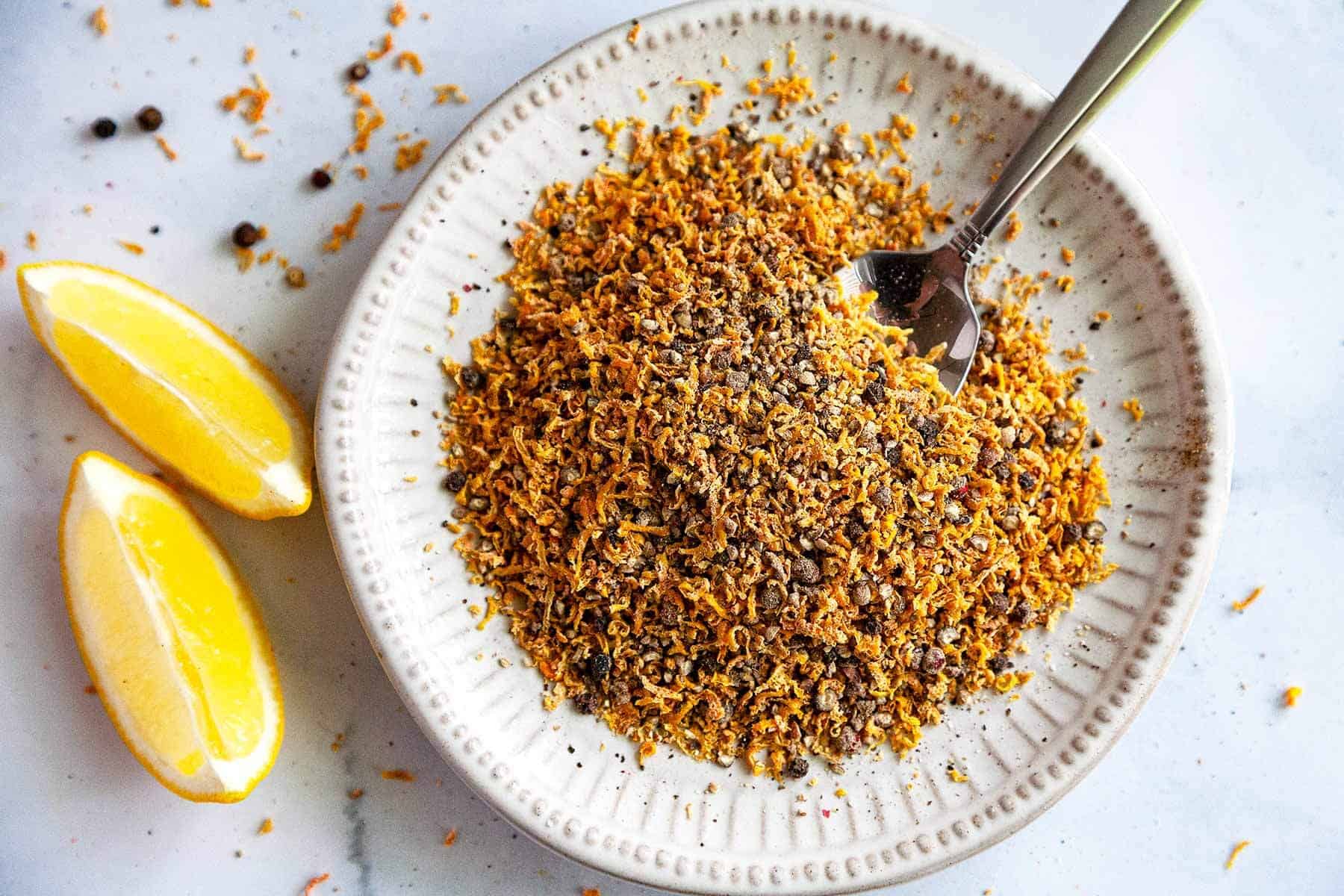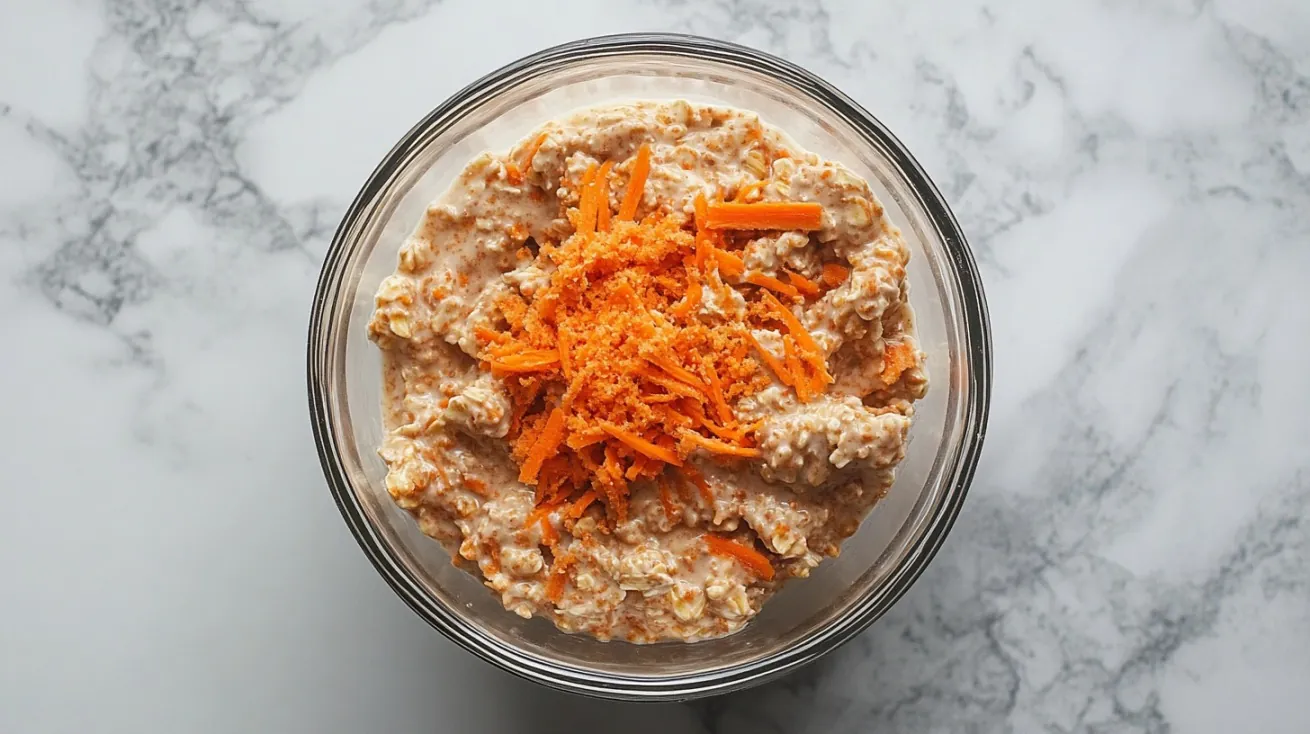Spam has earned its place as a staple in kitchens worldwide, but the question of eating it straight from the can often sparks curiosity.
Many wonder if it’s both safe and enjoyable without cooking.
By exploring its production process, safety measures, and uncooked taste, you can decide if Spam in its raw form fits your needs for a quick, no-prep option.
Table of Contents
ToggleCan We Eat it Spam from the Can?
Spam is designed by Hormel Foods to be fully cooked and safe to consume straight out of the can.
Furthermore, Spam is fully cooked during the production process, making it safe for immediate consumption.
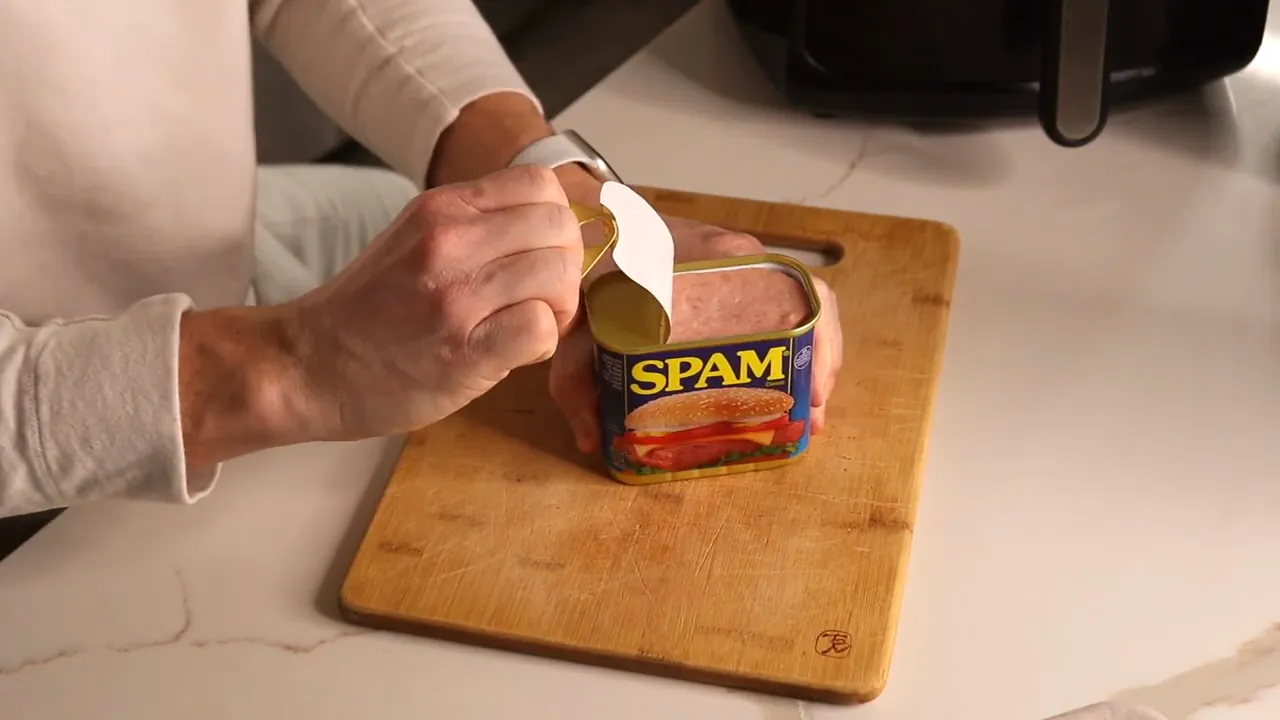
Why Spam is Safe to Eat Directly from the Can
Spam undergoes a thorough cooking and preservation process to ensure it remains safe for consumption without any additional preparation.
- Hormel Foods manufactures Spam by cooking the meat inside the can, sealing it in airtight packaging. This process eliminates bacteria and other potential contaminants, allowing it to remain safe at room temperature until opened.
- Ingredients like sodium nitrite help extend Spam’s shelf life by preventing bacterial growth. These additives ensure that the meat remains safe for long periods, even without refrigeration before opening.
- The canning process keeps Spam sealed off from external elements, reducing the risk of spoilage or exposure to harmful bacteria.
Convenience and Practicality of Eating Spam Straight from the Can
For those in need of a fast, hassle-free meal, Spam serves as a reliable option.
- In survival situations, camping trips, or power outages, Spam provides a quick protein source without requiring cooking.
- Since no refrigeration or heating is necessary before eating, it is a practical choice for those with limited kitchen access.
- Some prefer the taste and texture of uncooked Spam and enjoy it straight from the can with bread, crackers, or as a protein addition to salads.
Best Practices for Safe Consumption
- Always ensure the can is within its expiration period before consuming.
- If the can is bulging, dented, or leaking, discard it immediately, as this could indicate spoilage.
- Once opened, any leftover Spam should be stored in an airtight container in the refrigerator and consumed within a few days to maintain freshness.
Spam remains one of the most convenient canned meats available, offering both longevity and ease of use. Whether eaten straight from the can or prepared in a cooked dish, it continues to serve as a reliable food option in many households.
Your caravanning companion #getthecanout #caravanning pic.twitter.com/krD4jLDMdy
— SPAM® UK (@OfficialSPAMUK) July 27, 2021
Flavor and Texture
When eaten straight from the can, Spam has a gelatinous texture due to the meat juices solidified during the canning process.
- Gelatinous Texture When Uncooked: Right out of the can, Spam has a noticeable layer of gelatinous fat, which is a result of the solidified meat juices during the canning process.
- Soft and Dense Consistency: The uncooked texture is firm yet yielding, with a smooth, almost paste-like quality that holds its shape when sliced.
- Highly Salty and Savory Flavor: Spam is seasoned with salt, sugar, and sodium nitrite, resulting in a concentrated umami-packed taste.
- Less Complex Taste When Uncooked: Compared to cooked Spam, the uncooked version has a straightforward flavor profile dominated by salt and cured pork notes.
- Crispier and More Flavorful When Cooked: When pan-fried or grilled, Spam develops a crunchy outer layer while maintaining a tender center.
Cooking transforms Spam significantly, making it a favorite addition to various dishes.
The contrast between its raw and cooked state highlights how preparation methods can influence both texture and taste, catering to different preferences.
Benefits of Eating Spam Straight from the Can
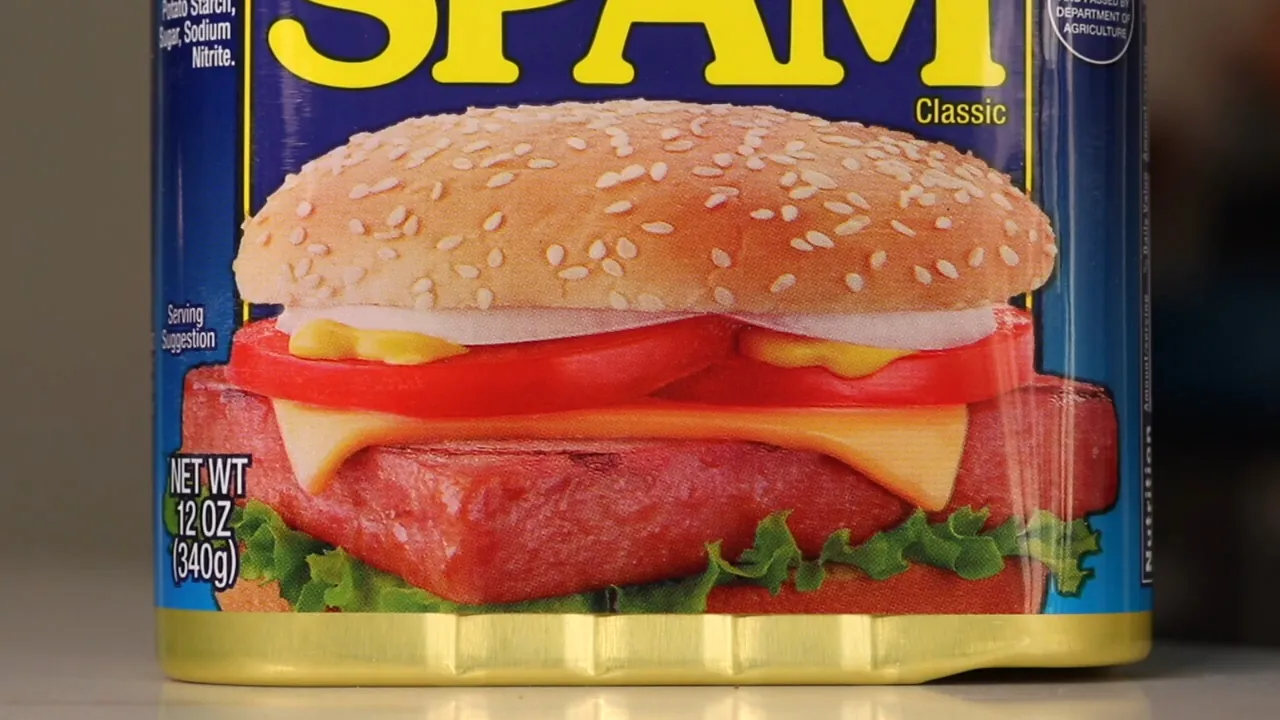
Eating Spam straight from the can offers advantages, especially in today’s fast-paced world, where people often prioritize convenience and practicality.
While some may overlook it due to its simplicity, its properties make it a go-to option for various scenarios, offering benefits beyond mere sustenance.
Convenience and Portability
Eating Spam directly from the can eliminates the need for preparation or additional tools, making it an incredibly practical choice.
You don’t need a stove, utensils, or even water to enjoy it. The level of convenience makes Spam a favorite among campers, hikers, and emergency-preparedness enthusiasts.
Its compact packaging also allows it to fit easily into backpacks or survival kits.
Ready to eat right out of the can, it serves as an immediate energy source in situations where cooking isn’t feasible, saving both time and effort.
Long Shelf Life
Spam is known for its long shelf life, made possible by its airtight canning process and the use of preservatives.
The durability makes it ideal for storing in emergency kits, pantries, or even vehicle glove compartments for unexpected situations.
Whether facing a natural disaster, a power outage, or an impromptu camping trip, it provides peace of mind as a reliable food source that stays edible for years.
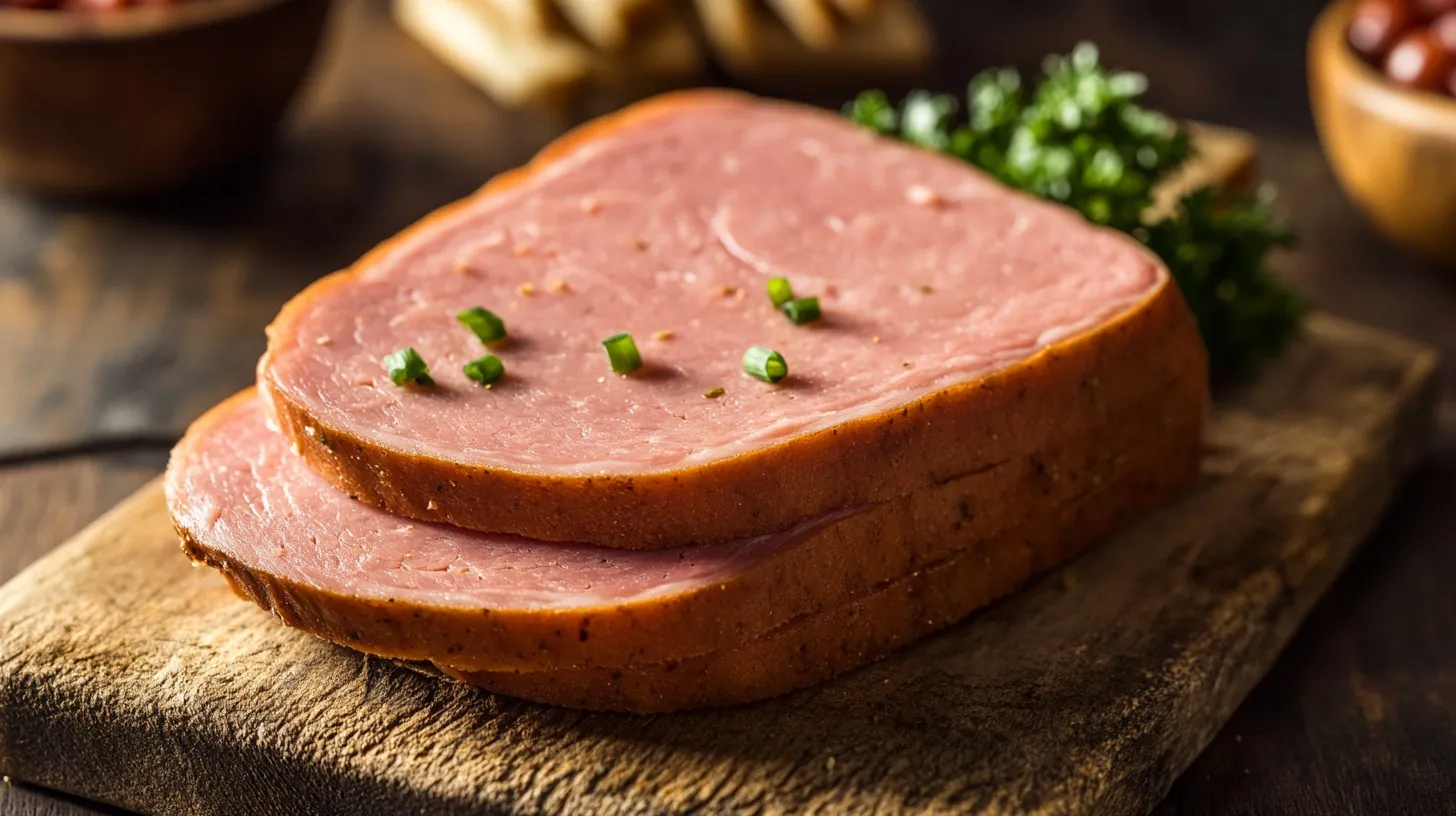
Nutritional Content
As a protein-rich food, Spam is a convenient way to meet low dietary protein needs, particularly during physically demanding activities.
A single serving offers a concentrated dose of calories and protein, helping to sustain energy levels.
It also contains fats that serve as an additional source of energy, making it suitable for scenarios requiring quick sustenance.
While it may not be the most balanced meal, its macronutrient profile can support survival needs in challenging situations.
Versatility in Minimalist Meals
Even without cooking, Spam can be a part of simple meals or snacks.
Pairing it with bread, crackers, or a salad can create a quick and satisfying dish.
In survival or outdoor scenarios, Spam can also serve as a protein-rich topping or filling, adding substance to otherwise bland meals.
Potential Concerns and Drawbacks
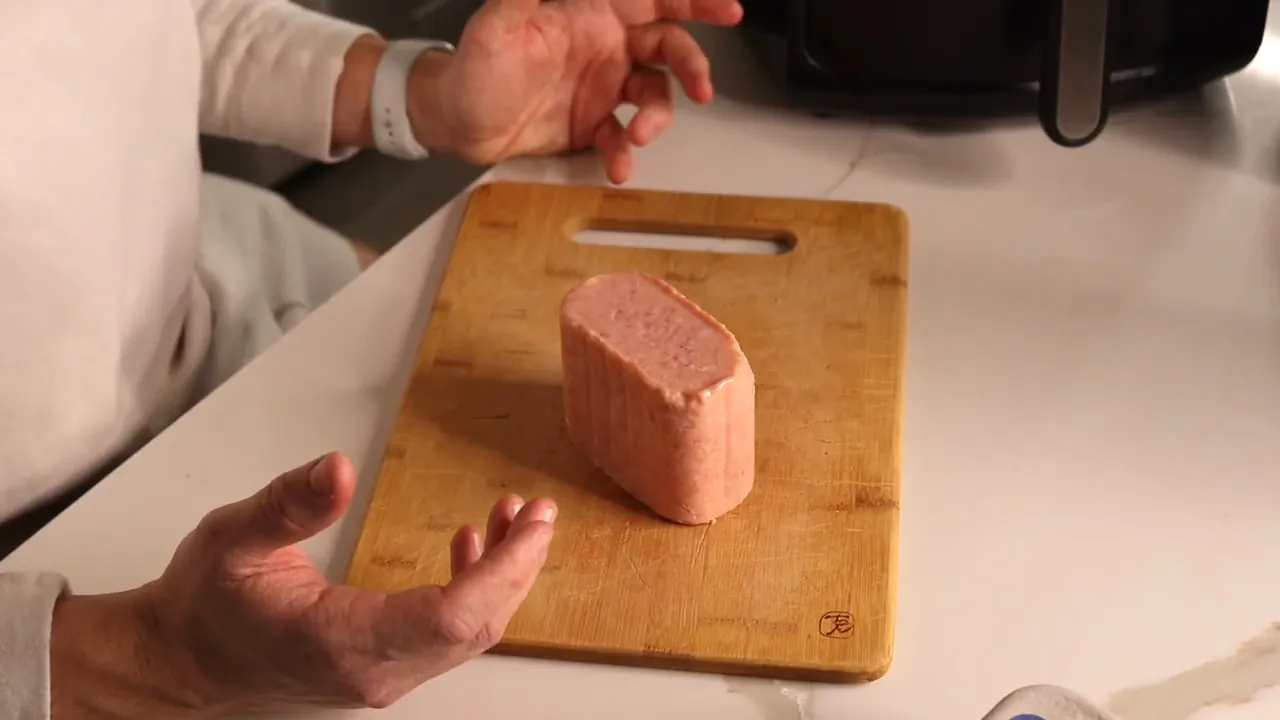
While Spam is widely celebrated for its convenience and long shelf life, it’s not without its limitations.
These drawbacks primarily revolve around its nutritional composition, textural properties, and storage requirements after opening.
By balancing its benefits with its limitations, Spam can be a versatile yet thoughtful addition to a diet.
High Sodium Content
Spam’s flavor profile owes much to its high sodium content, which acts as both a preservative and a flavor enhancer. However, this comes at a nutritional cost.
A single serving can contain a significant percentage of the daily recommended sodium intake, making it a concern for individuals managing conditions such as hypertension or kidney disease.
Frequent consumption may also contribute to bloating or dehydration due to the body retaining water to balance the excess sodium.
For those on a low-sodium diet, choosing reduced-sodium varieties can mitigate some of these concerns.
Tip: Pair Spam with fresh or low-sodium ingredients, such as vegetables or rice, to balance its salty taste and reduce overall sodium intake in meals.
Storage Concerns
Once opened, Spam requires proper storage to maintain its safety and flavor, where it can last for up to four days. Without refrigeration, the meat can spoil, especially in warm conditions.
Even when stored in a refrigerator, the exposed portion can dry out or lose its flavor over time if not sealed properly.
It can be inconvenient for those who don’t plan to consume the entire can in one sitting, particularly during outdoor activities like camping, where refrigeration may not be available.
If you’re fed up of eating dry food and you’re looking for cooking inspiration, i have a perfect thing for you… a Tender steak in garlicky tomato sauce, it will make your mouth water just from reading the recipe!
The Bottom Line
Hormel fully cooks Spam, ensuring it is safe to eat straight from the can, making it a reliable option for quick meals or emergencies.
While some may enjoy the convenience and unique texture of raw Spam, cooking unlocks its full potential in terms of taste and versatility.
Balancing convenience, flavor, and dietary considerations ensures the best experience.



